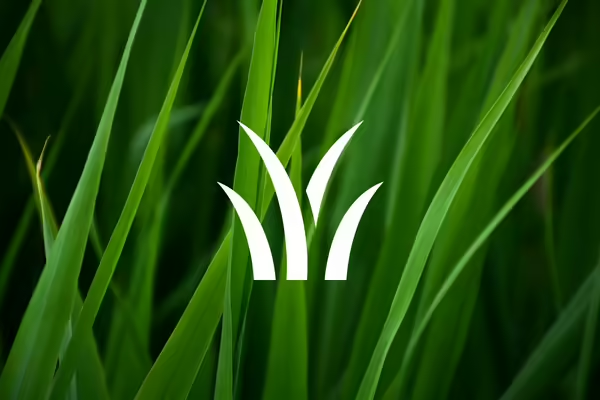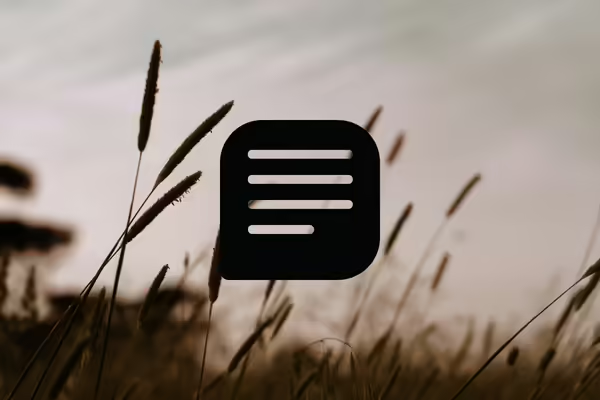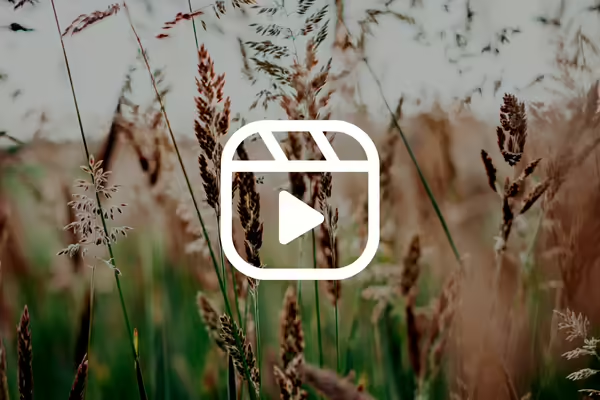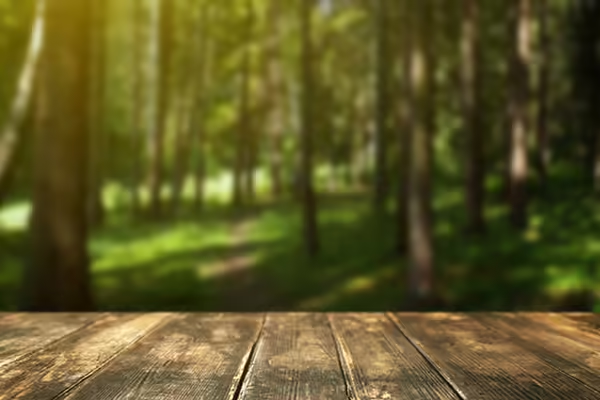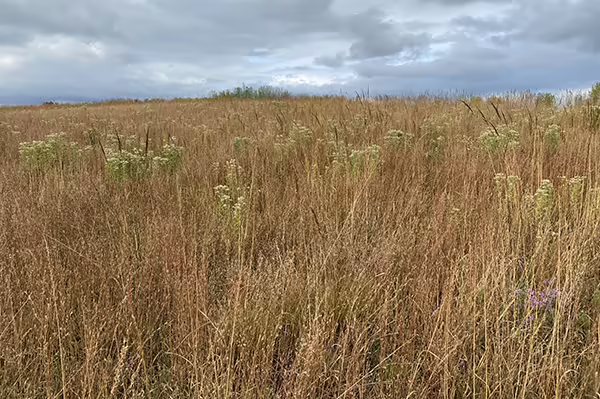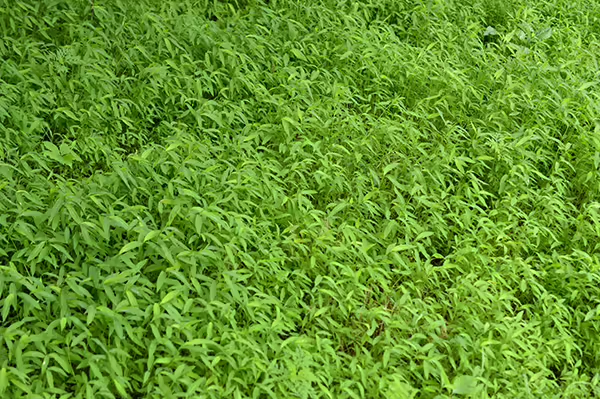Grasses are all around us
Grasses occur across every ecosystem.
Grasslands cover nearly one-third of the Earth's land surface. They improve biodiversity, regulate water flow, control erosion, mitigate climate, and enhance pollination. Grasses provide habitat and food for wildlife and livestock. Land managers, farmers, naturalists, and gardeners want to know which grass is which so they can manage undesirable grasses and promote desirable ones.
Illinois Extension can help you learn which grasses have forage and wildlife benefits, which are potentially harmful if left untreated, and when to take action.
Start Your Journey of Discovery
Is it a good grass or a bad grass?
Are you wanting to tell if you have a desirable grass for wildlife on your property or a nuisance that should be managed before it gets out of control? Stick around, and we’ll step into grass identification – one grass at a time!
Dig Deeper into Grass Identification
Explore native grasses and how to use them in our landscapes. Dive into how these grasses function in a prairie and how that translates to your yard, and get suggestions for what native grasses might work best to transform your landscape!
Native grasses are often overlooked when it comes to pollinators, but they can play a crucial role in supporting many different types of pollinators. Discover how native grasses provide nesting and overwintering habitats, serve as larval food sources, offer pollen, and much more!
